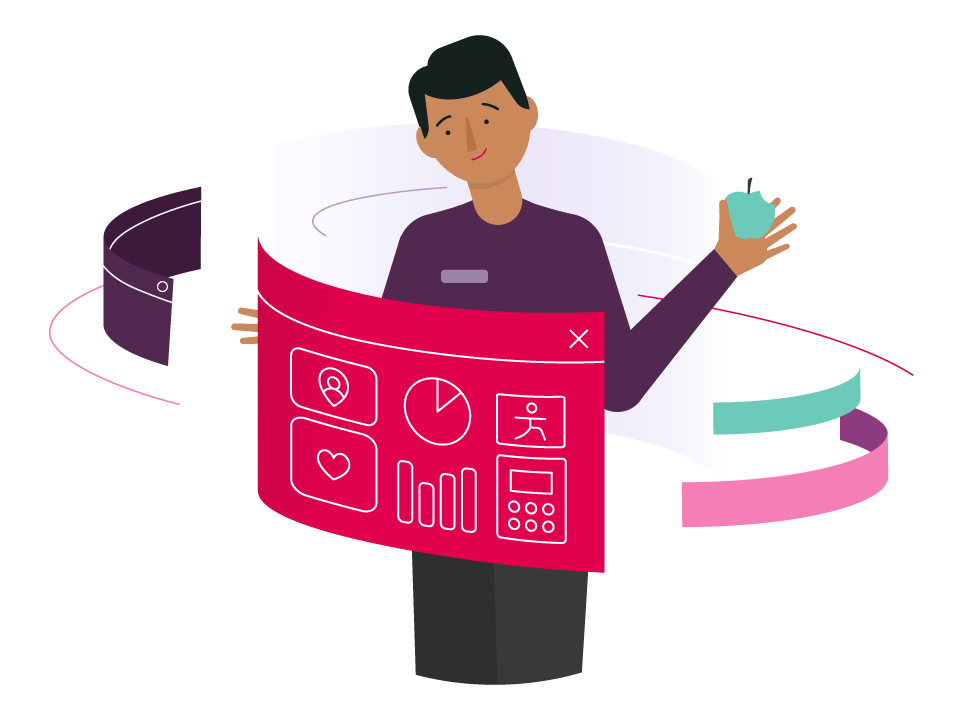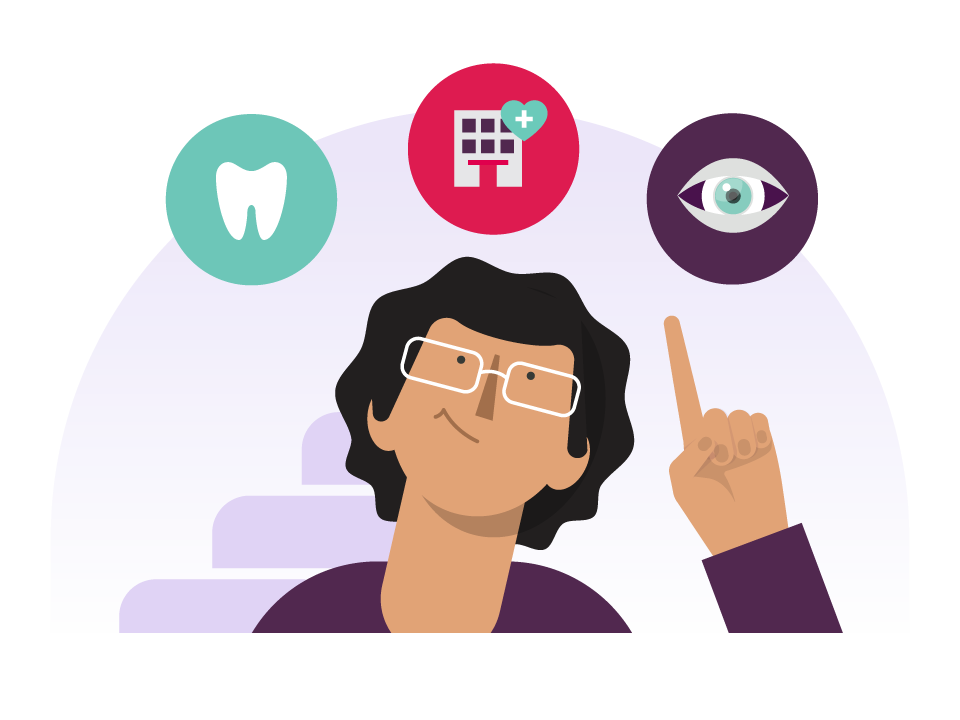You may notice a slight bulge under your skin where the device is located. The leads are very thin and won’t be visible.
Once the wound is fully healed, there are very few restrictions to your activities or lifestyle once your doctor gives you the all clear.
Exercise
You can gradually return to your normal exercise routine. However, you should avoid rough physical contact that could cause you to fall or hit your implant site, as this could damage the device or its leads. Talk to your doctor if you have questions about specific activities.
Travel
You can travel freely unless your underlying medical condition limits you. The key to travelling with confidence is planning ahead. Before you leave on your trip, talk to your doctor about:
- Specific care or activity recommendations
- What to do if you experience discomfort or symptoms
- How to find a heart centre, emergency service, or doctor at your travel destination
Airport security
You’ll be given an ID card to show that you have an implanted device. Before walking through an airport security gate, let the security personnel know you have a heart device and show your card. Then, walk through the archway at a normal pace. If you feel any dizziness or rapid heartbeats, move away from the system.
It’s unlikely your pacemaker or defibrillator will be affected by the full body scanners found at some airports.
Airport security systems are metal detectors, so the alarm may sound when it detects the metal case of your device. If they’re using an electronic wand, ask the security attendant to avoid placing or waving the wand back and forth over your device.
Medical and dental procedures
Before undergoing any medical procedure, always tell your doctor, dentist, or technician that you have an implanted heart device. They may need to speak with your cardiologist, especially if the procedure is new or unusual. Some procedures may affect the function of your device.
Acceptable medical procedures
Many procedures won’t affect your device. However, the equipment used must be used correctly and maintained properly. Acceptable procedures include:
- Dental procedures that use drills or ultrasonic probes to clean teeth
- Dental x-rays
- Diagnostic x-rays
Acceptable with precautions
Some medical procedures can be safely performed, if certain precautions are taken by your doctor to avoid potential problems or interference. These include (but aren’t limited to):
- Computerised axial tomography (CT or CAT) scan
- Diagnostic ultrasound
- Electrocautery
- Electrolysis
- External defibrillation and elective cardioversion
- High-energy radiation therapy
- Hyperbaric oxygen therapy
- Lithotripsy
- Radiofrequency ablation
- Therapeutic ultrasound
- Transcutaneous electrical nerve stimulation (TENS)
- Transmitting loop for digital hearing aid
Medical procedures to avoid
You shouldn’t receive:
- Catheter microwave ablation
- Diathermy treatment (high frequency, short wave, or microwave)
- MRI or magnetic resonance angiography scans
- Transurethral needle ablation
Electromagnetic compatibility
Energy fields around equipment that uses electricity and magnets may affect your device. Most electromagnetic energy fields are small and weak and won’t be a problem, but with electrical items with a strong energy field could.
Household items that are properly maintained shouldn’t affect your device. These include microwaves, kitchen appliances, cordless phones, radios, televisions, video games, CD players, hair dryers, electric shavers, electric toothbrushes, electric blankets, leaf blowers, lawn mowers, garage door openers, computers, and small shop tools.
The manual that comes with your device may contain warnings about using or being close to magnets and to certain appliances, such as, mobile phones, welding machines, chain saws and metal detectors. This isn’t a complete list, so make sure you’re familiar with the manual for your device.
Check with your doctor for a full list of items that could affect your device, and the distance you should keep between your device and the item.
Follow-up appointments
You’ll need regular follow-up visits with your doctor. As well as reviewing your heart health, the doctor can download information stored in your device, view your heart rate patterns and check that it’s been functioning correctly. Defibrillators also store information about any abnormal rhythms they’ve treated.
Sometimes information stored in your device can be transmitted over the phone, saving the bother of a visit. However, if any settings need to be adjusted, this must be done face-to-face – as a safety feature, devices can’t be reprogrammed remotely.







